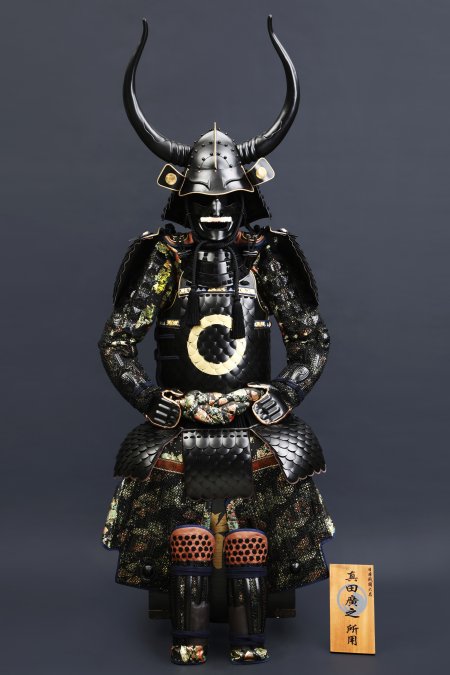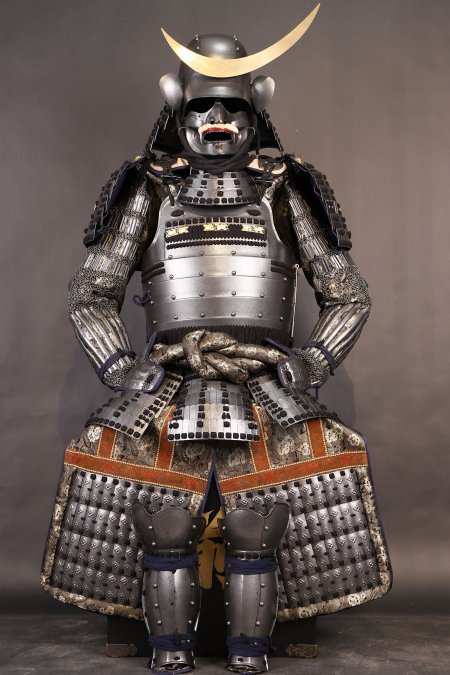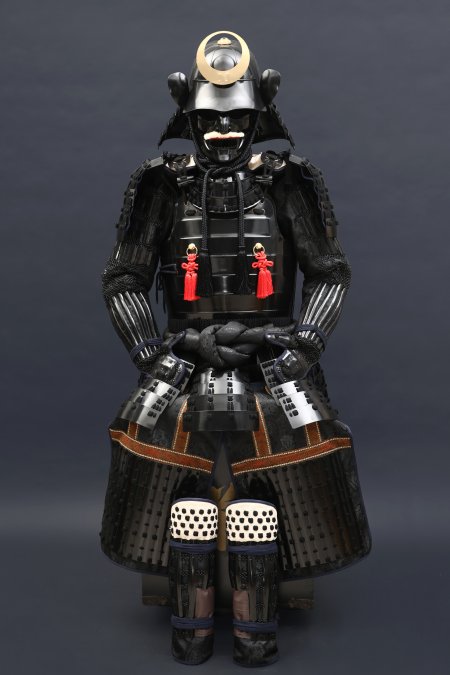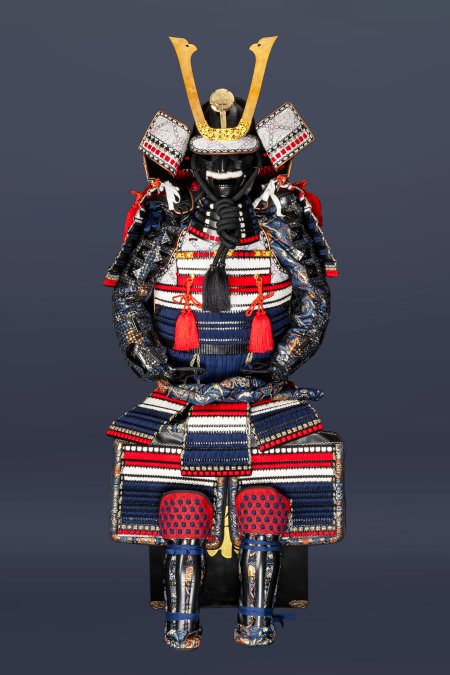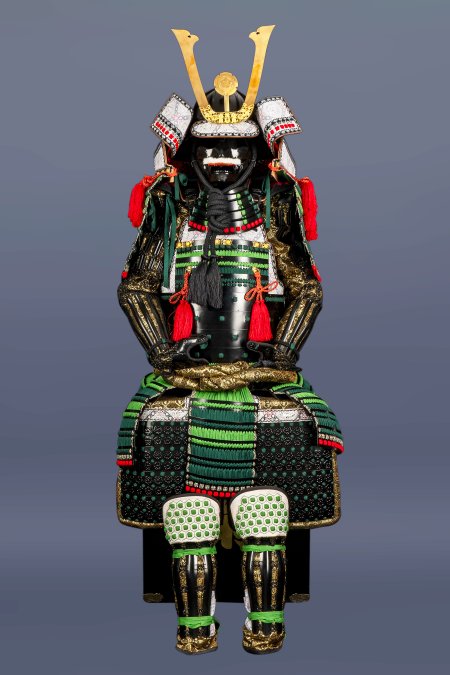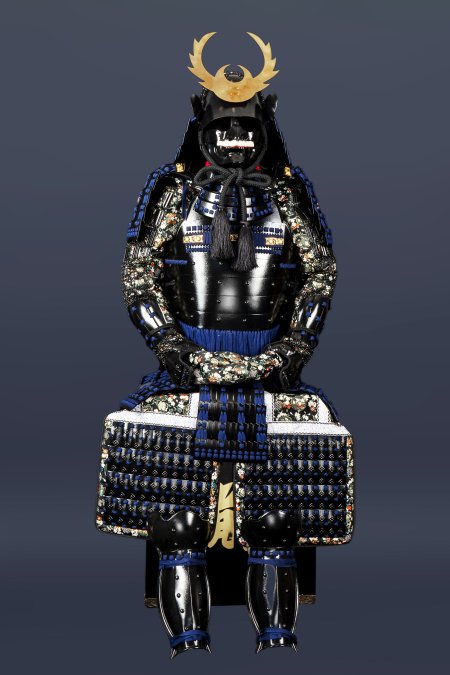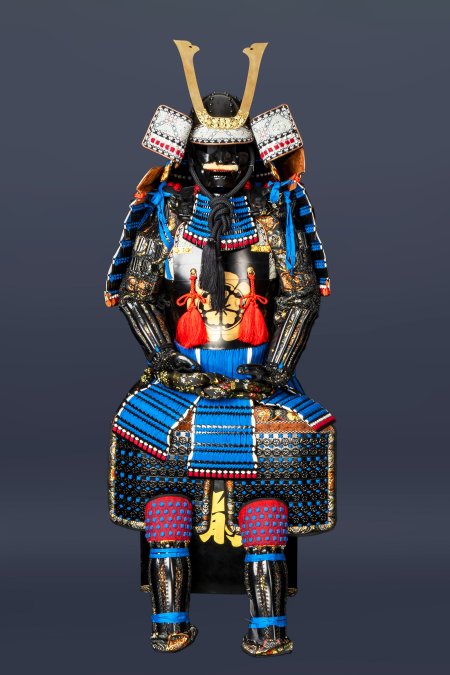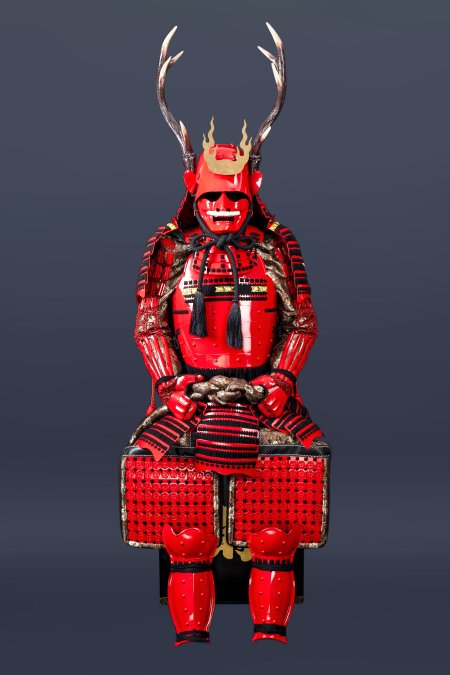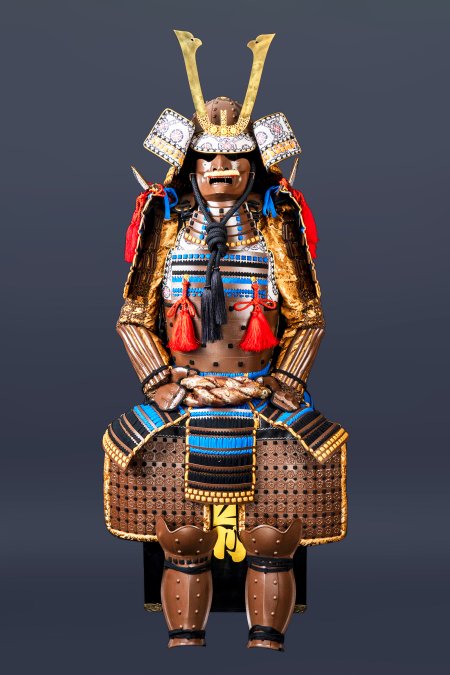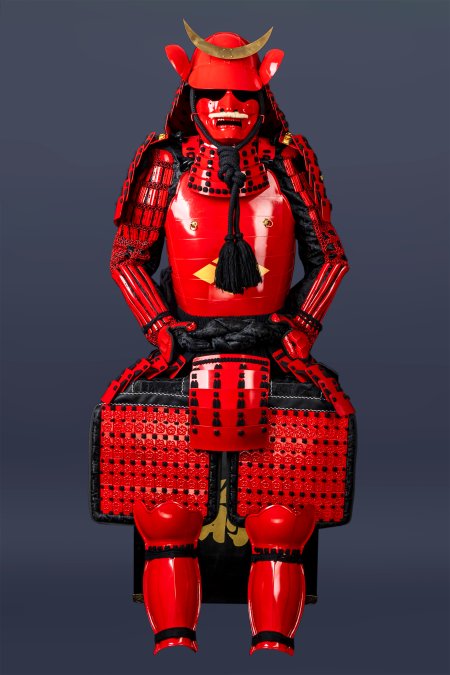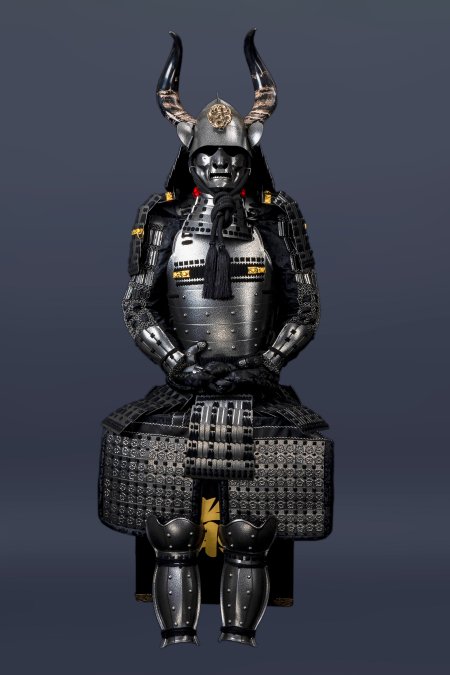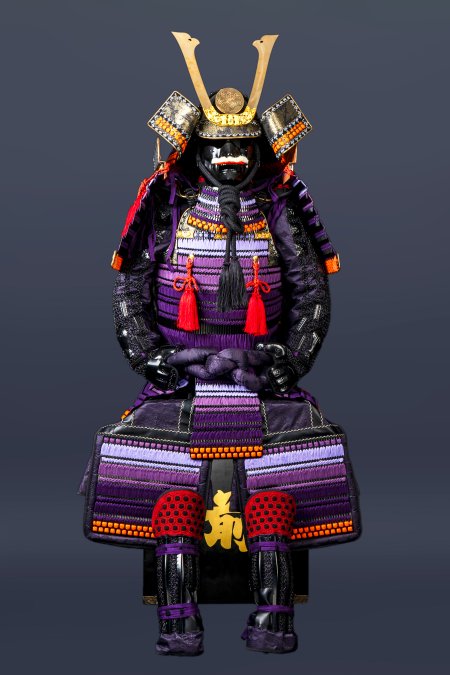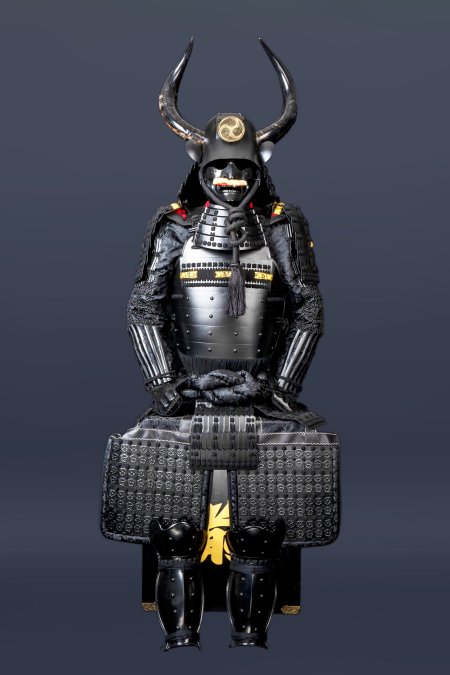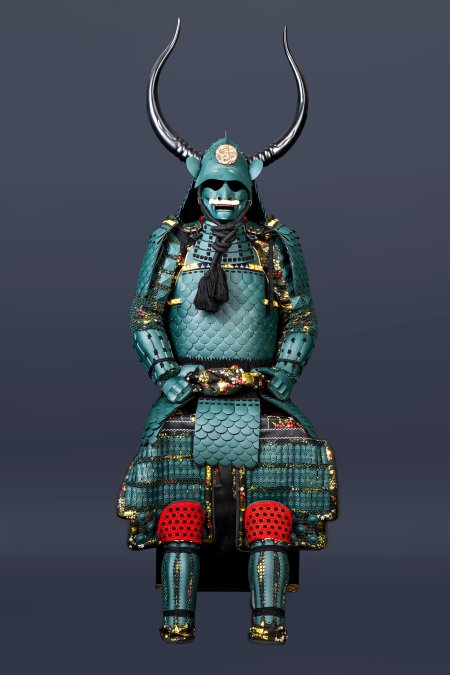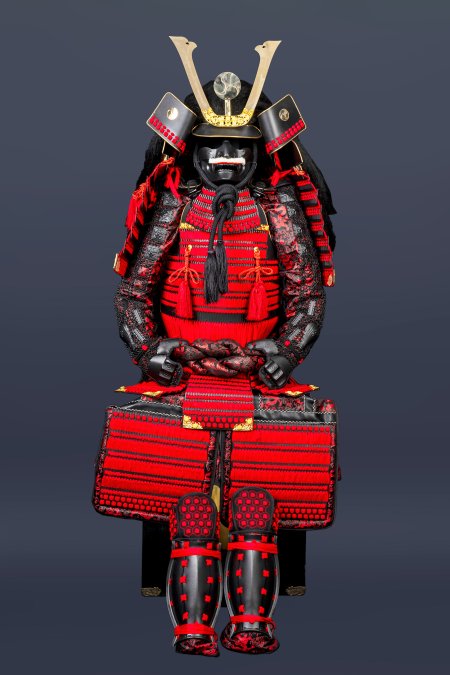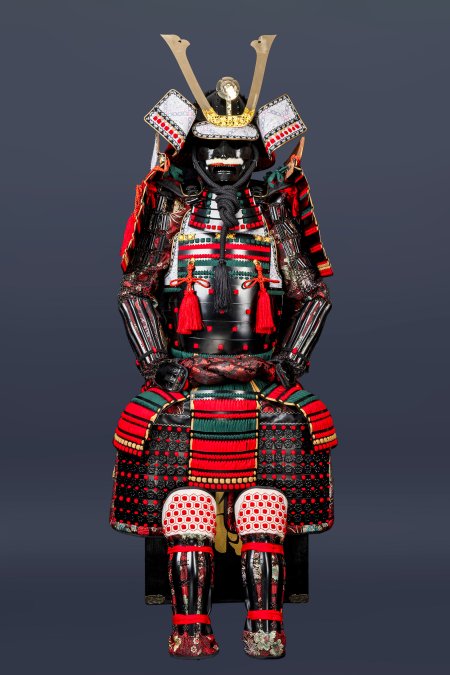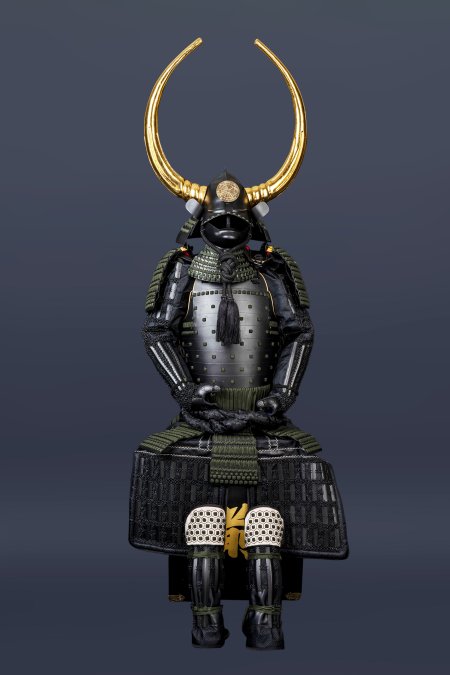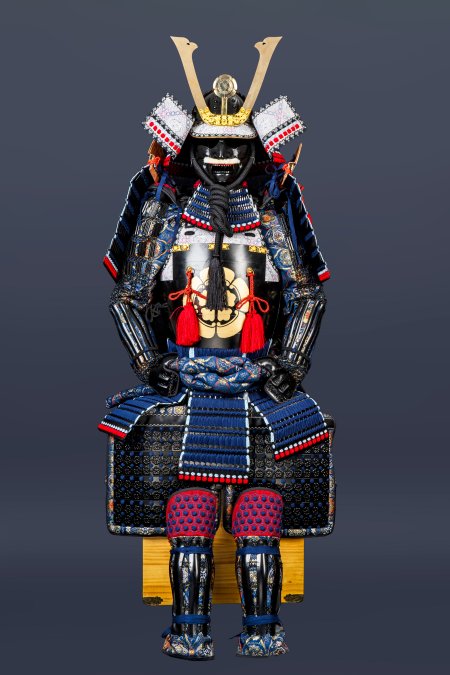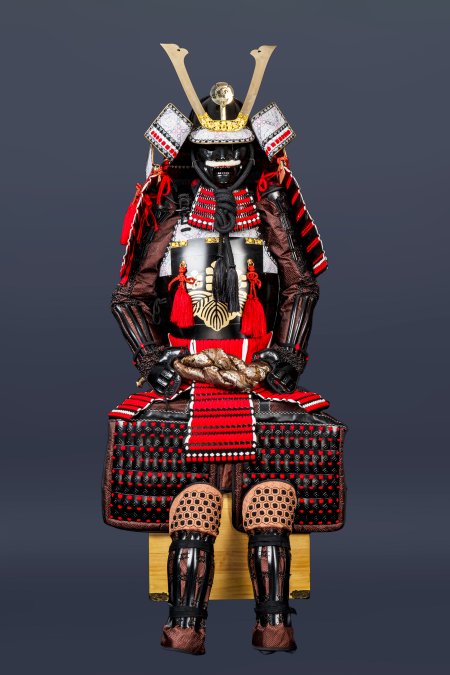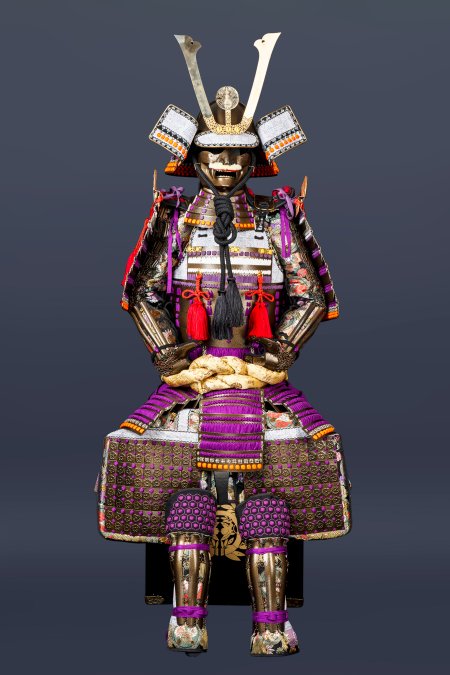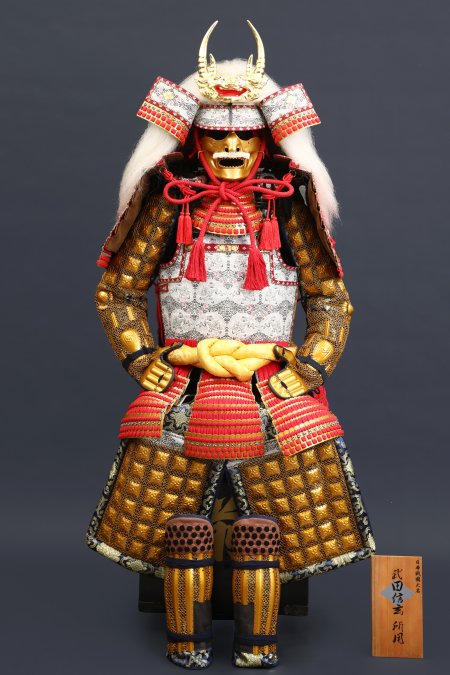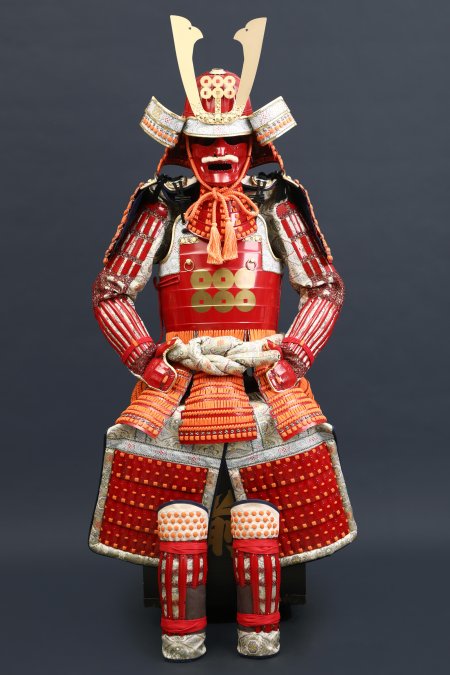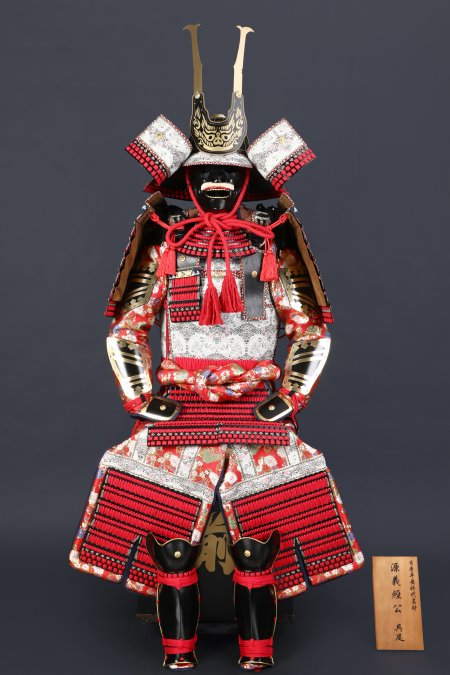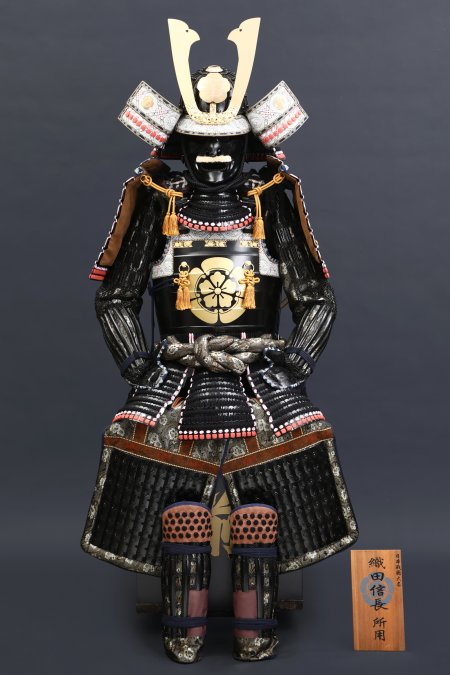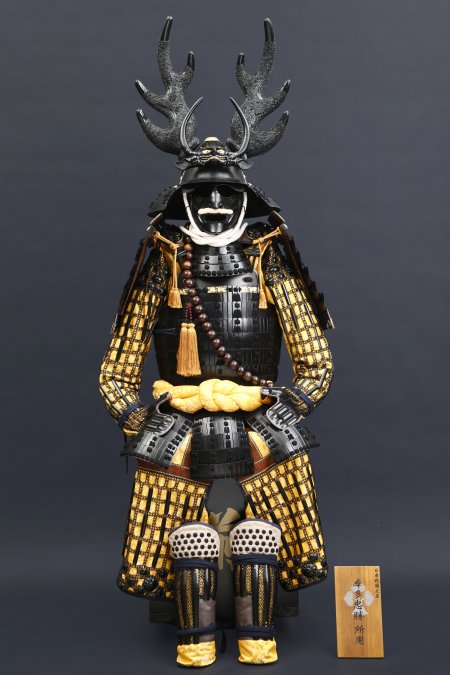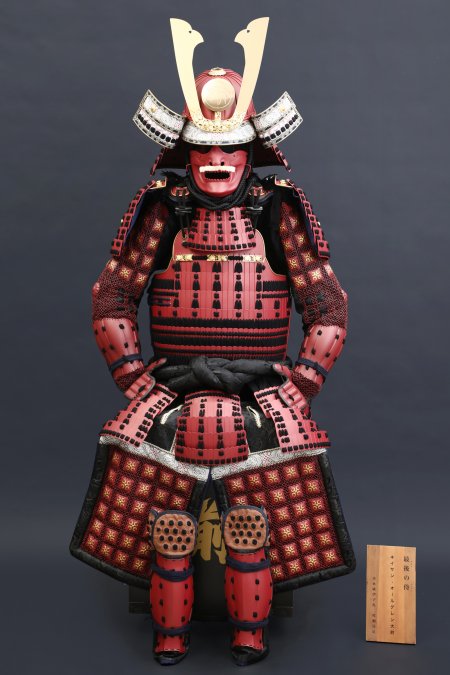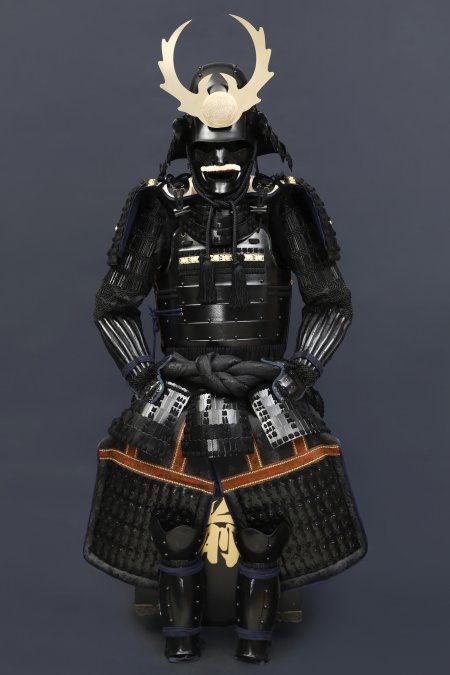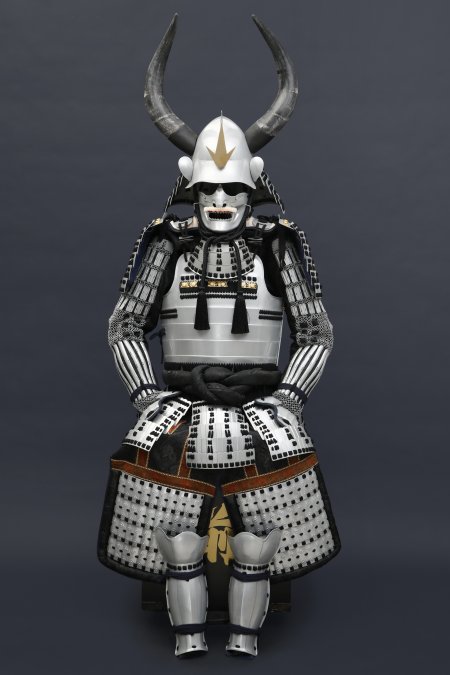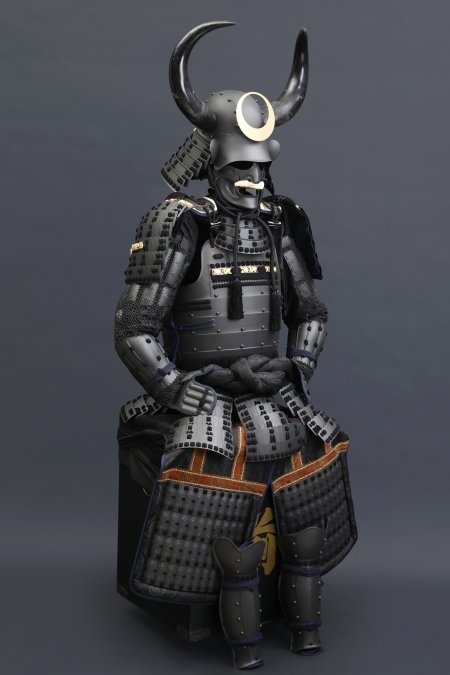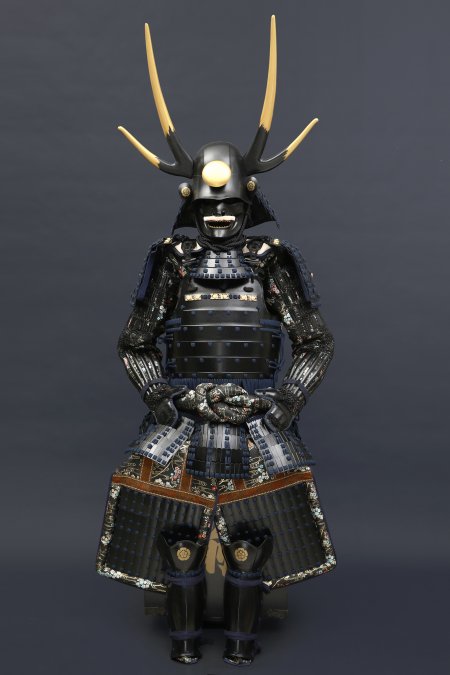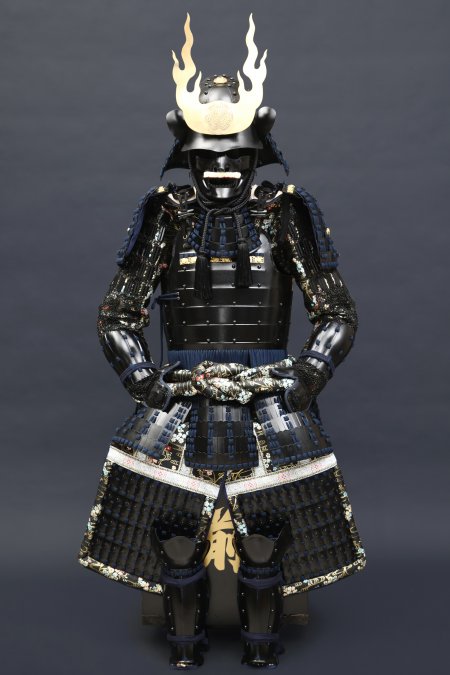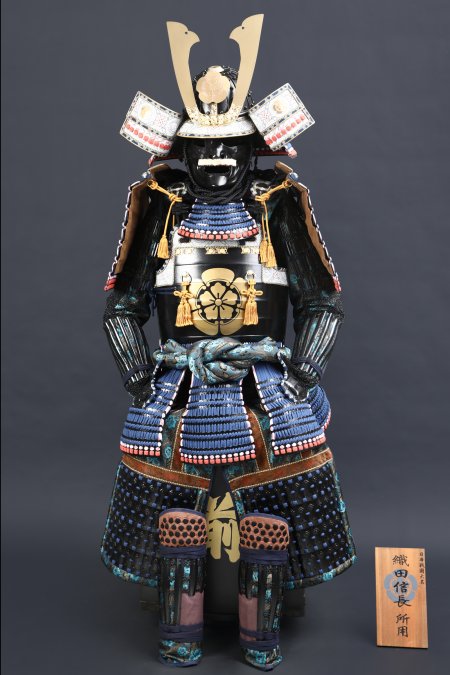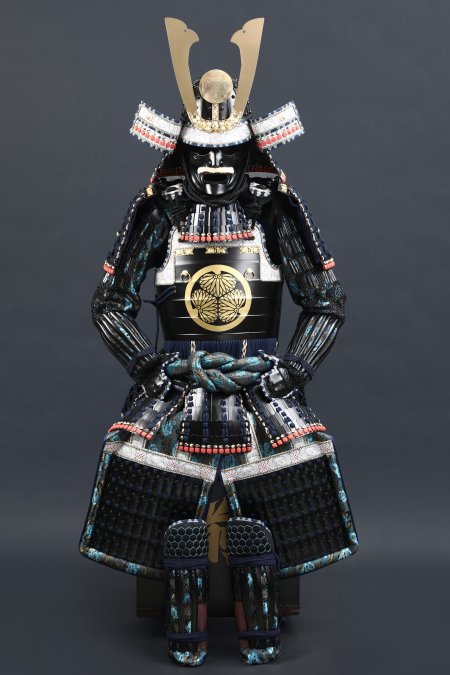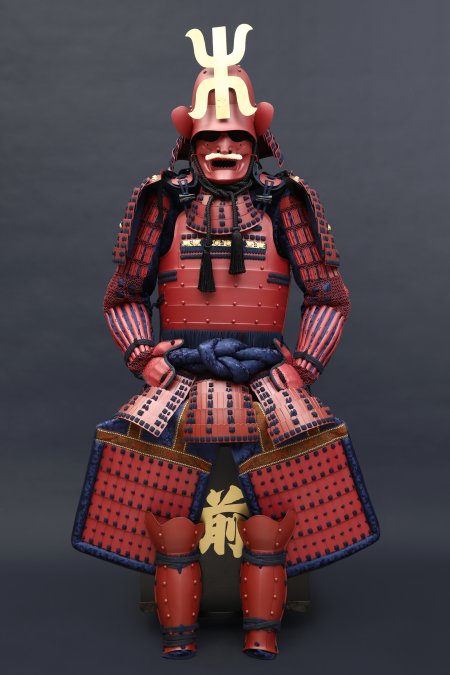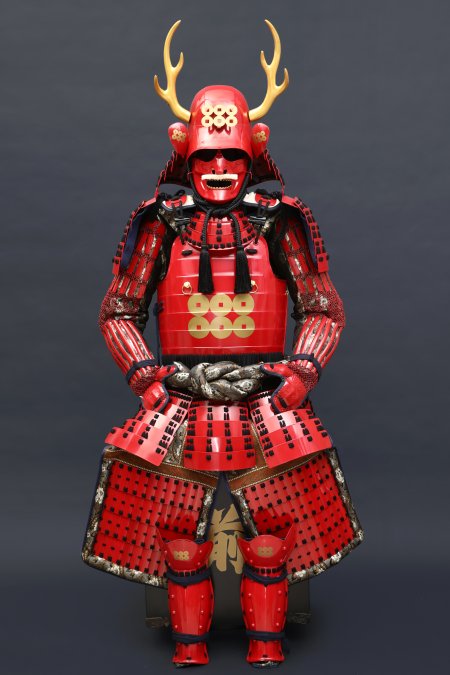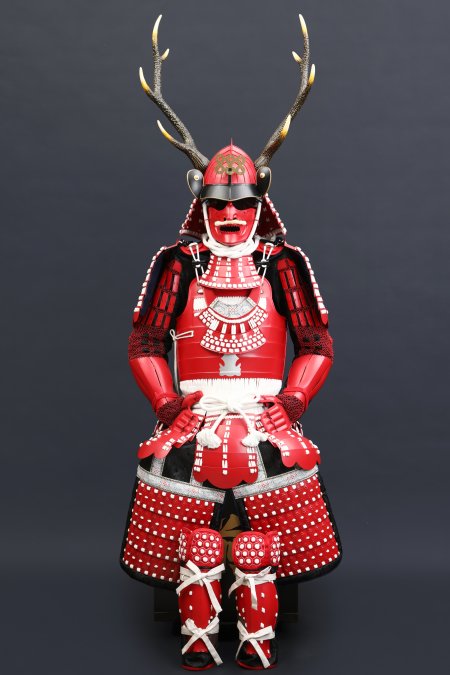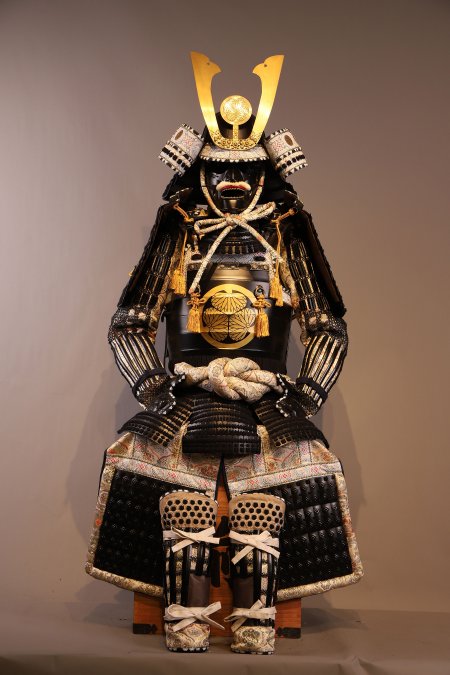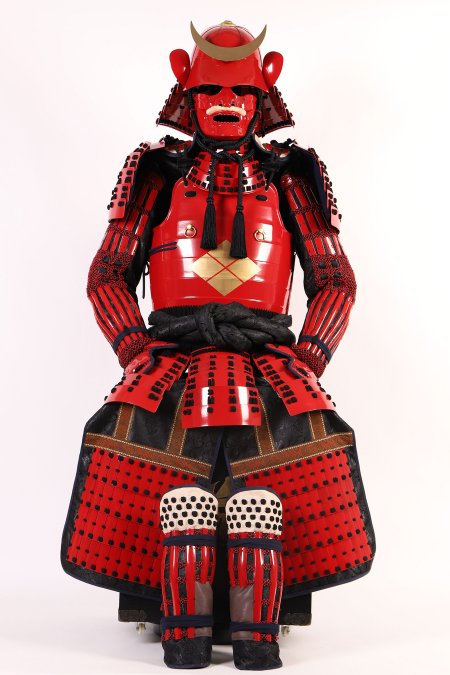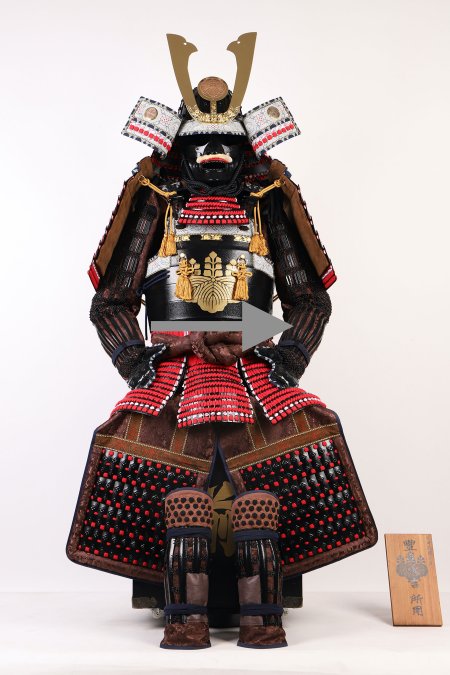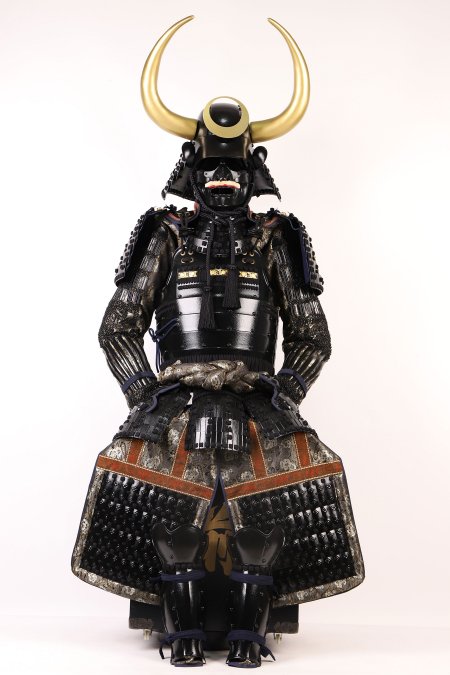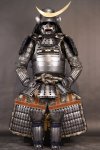Life Size Samurai ArmorDemon Samurai ArmorSamurai Armor Set
The Characteristics of Japanese Samurai Armor:
Japanese samurai armor, known as "yoroi," is a magnificent testament to the unparalleled craftsmanship and unwavering dedication of the artisans who meticulously create them. These suits of armor possess distinctive characteristics that reflect both functionality and aesthetic beauty. Crafted with meticulous attention to detail, the armor consists of interconnected plates, meticulously shaped and fastened together to provide maximum protection without sacrificing mobility. The craftsmanship is evident in every aspect, from the ornate and meticulously crafted helmet, adorned with intricate crests and designs, to the intricately woven lacing that holds the armor in place. Each piece is meticulously constructed, ensuring a perfect fit for the wearer, allowing for fluid movement in battle. The armor is made with the finest materials, providing exceptional durability and resilience. A true masterpiece of artistry, Japanese samurai armor represents the skill and dedication of the craftsman, preserving the noble traditions and warrior spirit of the samurai throughout history.
Uses of Japanese Samurai Armor:
1. Battlefield Protection: The primary function of samurai armor was to protect the wearer in combat. It provided defense against various weapons, including swords, arrows, and spears, reducing the risk of injury or fatal blows.
2. Martial Arts Demonstrations: Traditional Japanese martial arts schools and dojos sometimes feature samurai armor in demonstrations to showcase historical techniques and warrior traditions.
3. Collection: Samurai armor is highly sought after by collectors due to its historical value, intricate design, and cultural significance. Collectors appreciate the artistry and craftsmanship involved in creating these unique pieces.
4. Art and Decoration: Samurai armor can be appreciated as works of art, displayed in homes, offices, or cultural centers. They serve as reminders of Japan's rich warrior heritage and can add a touch of elegance to the surrounding space.
